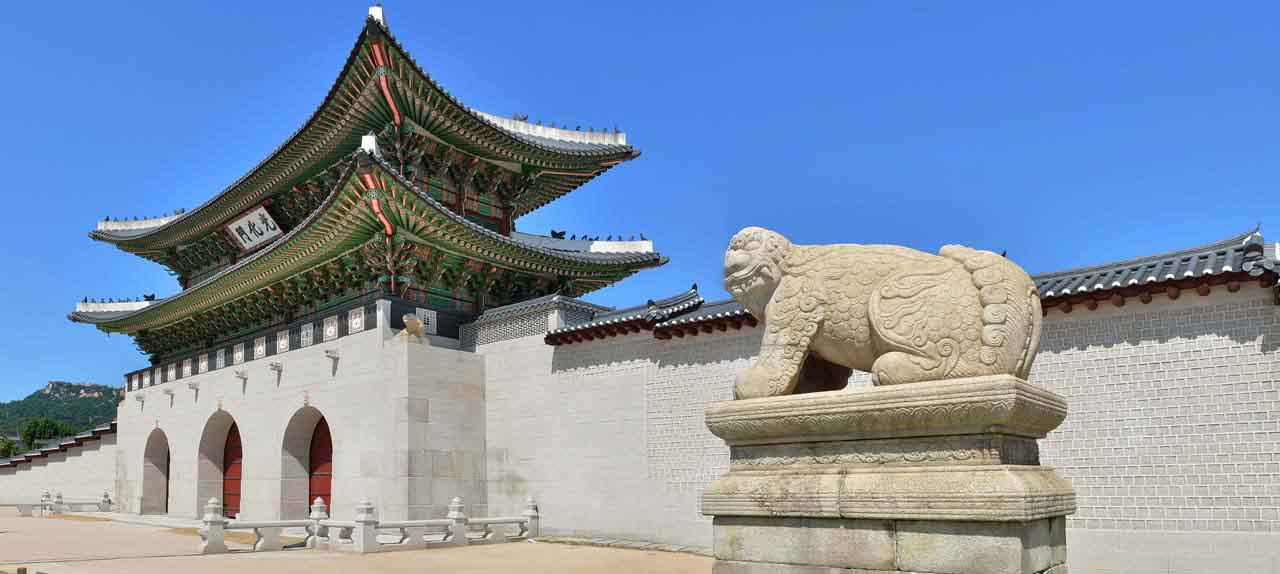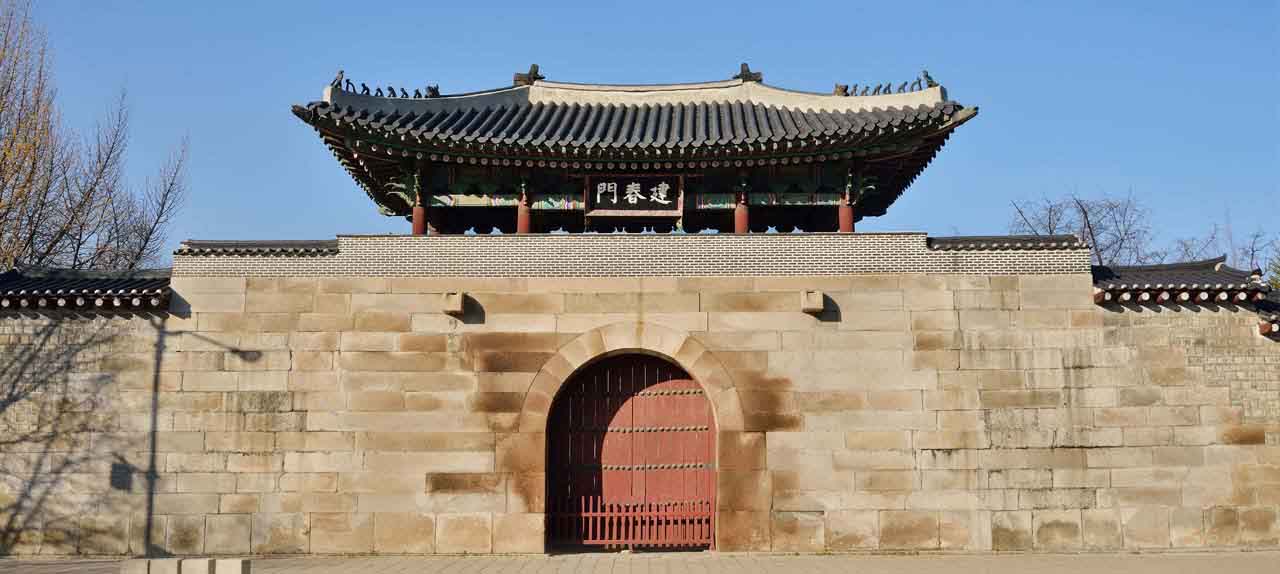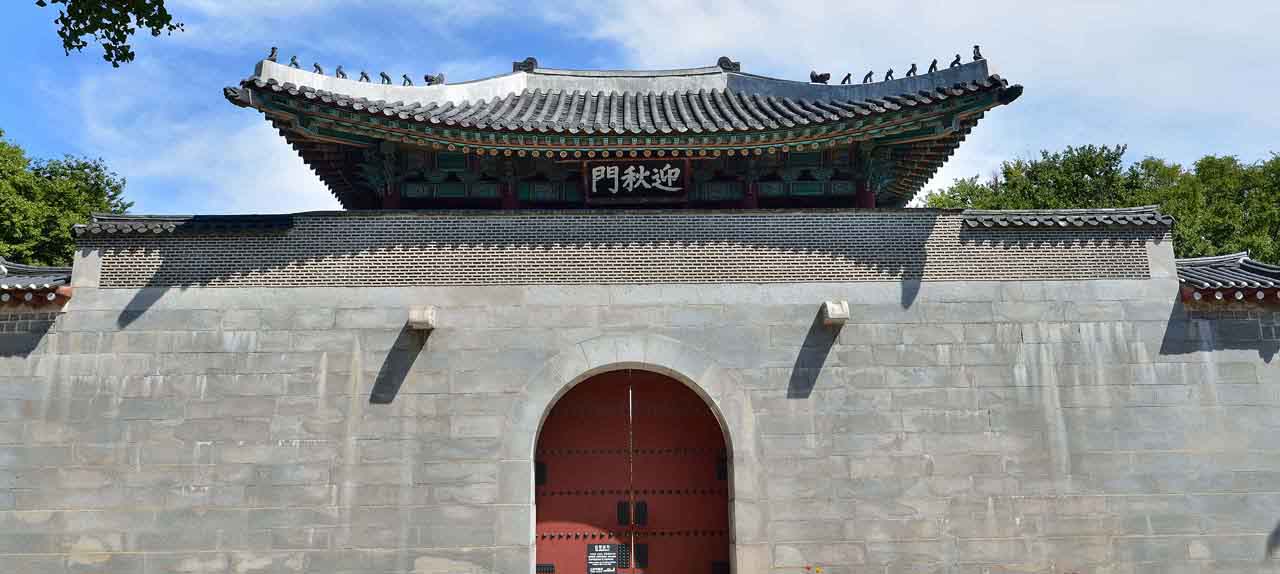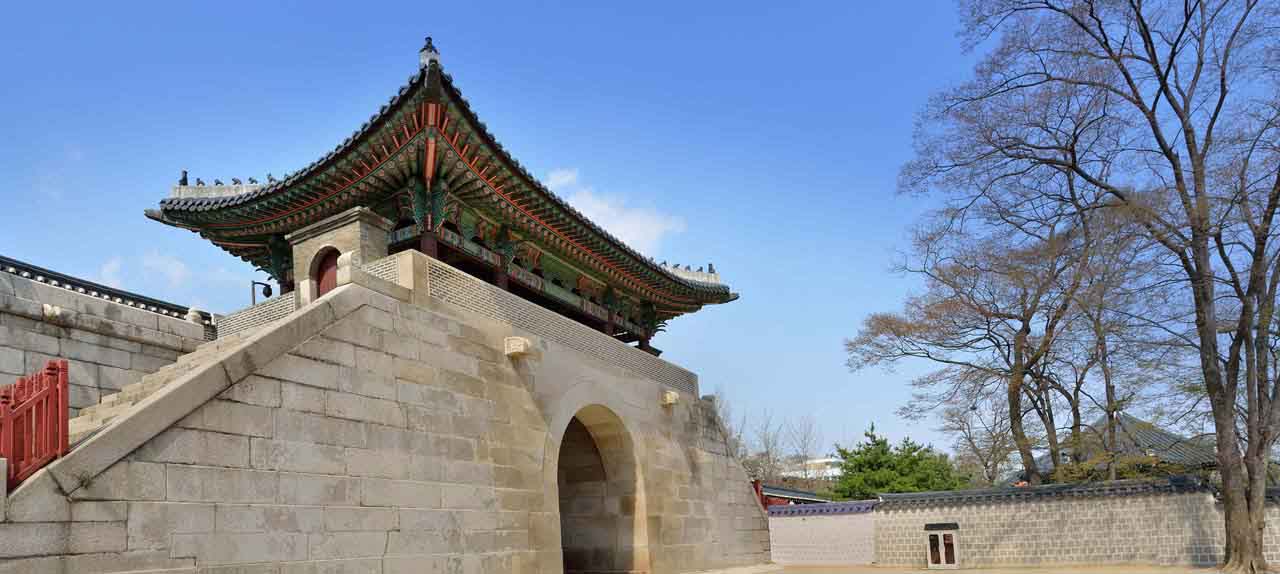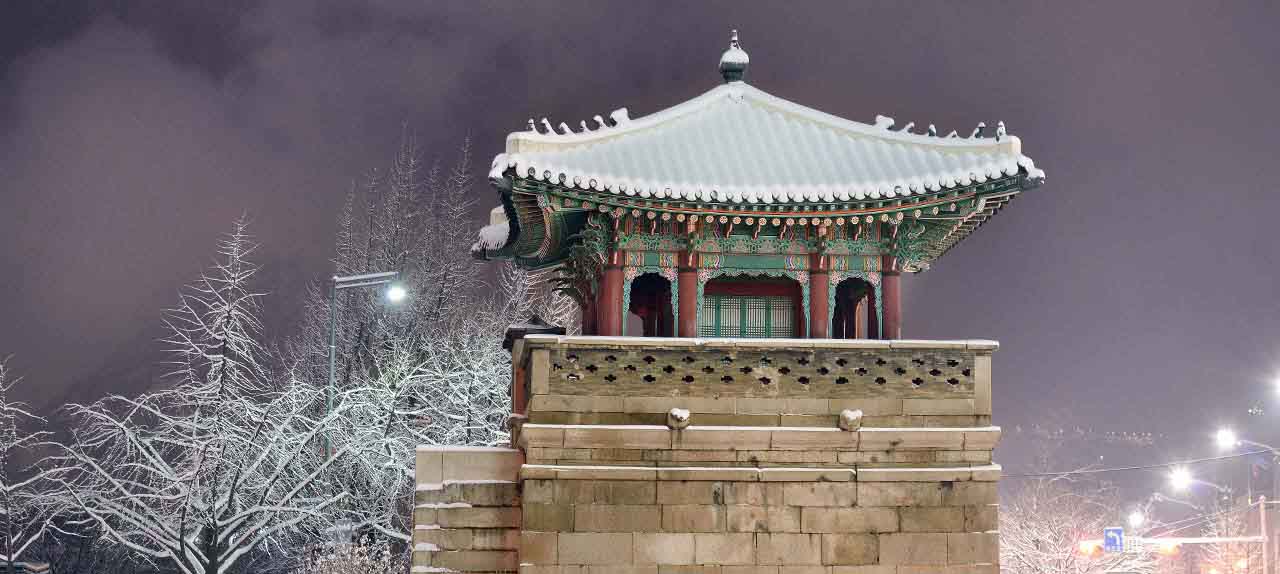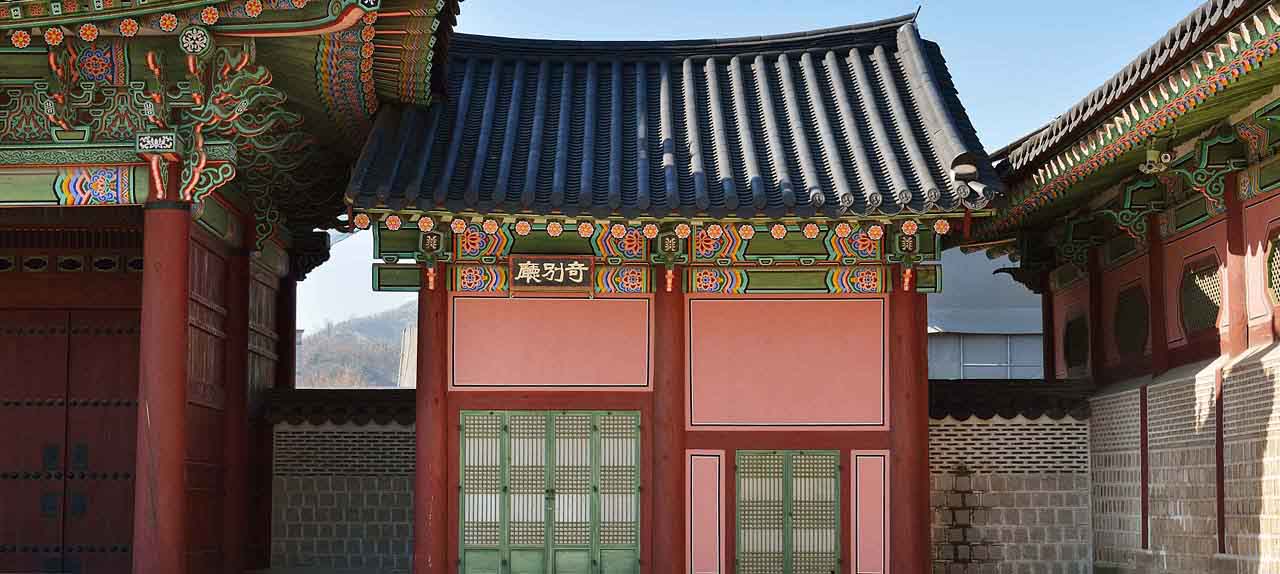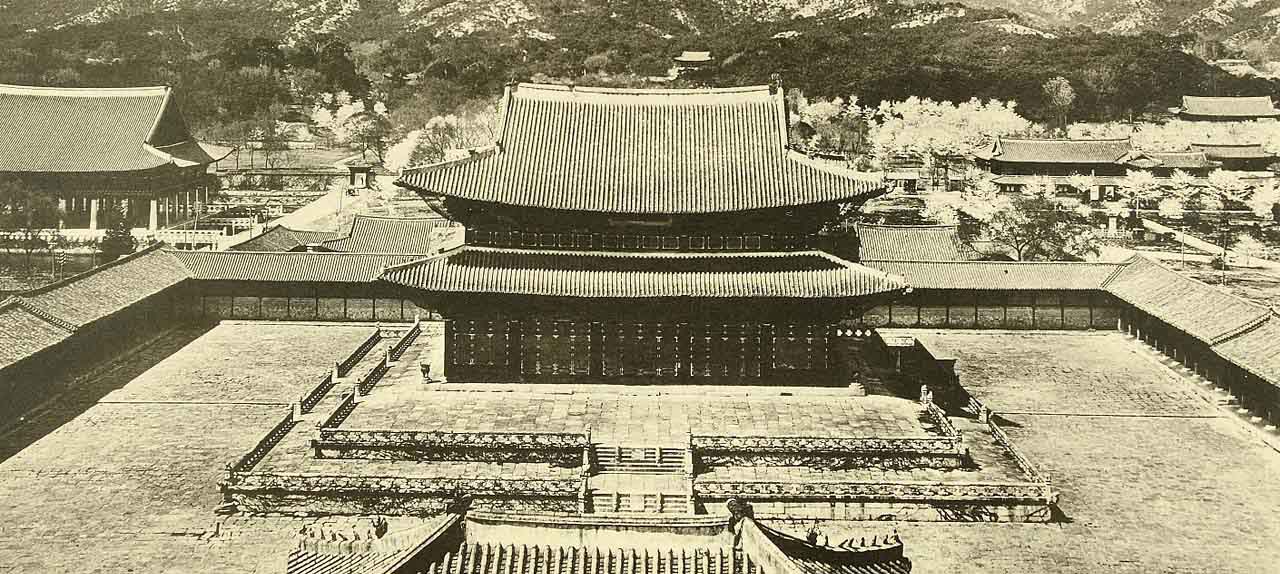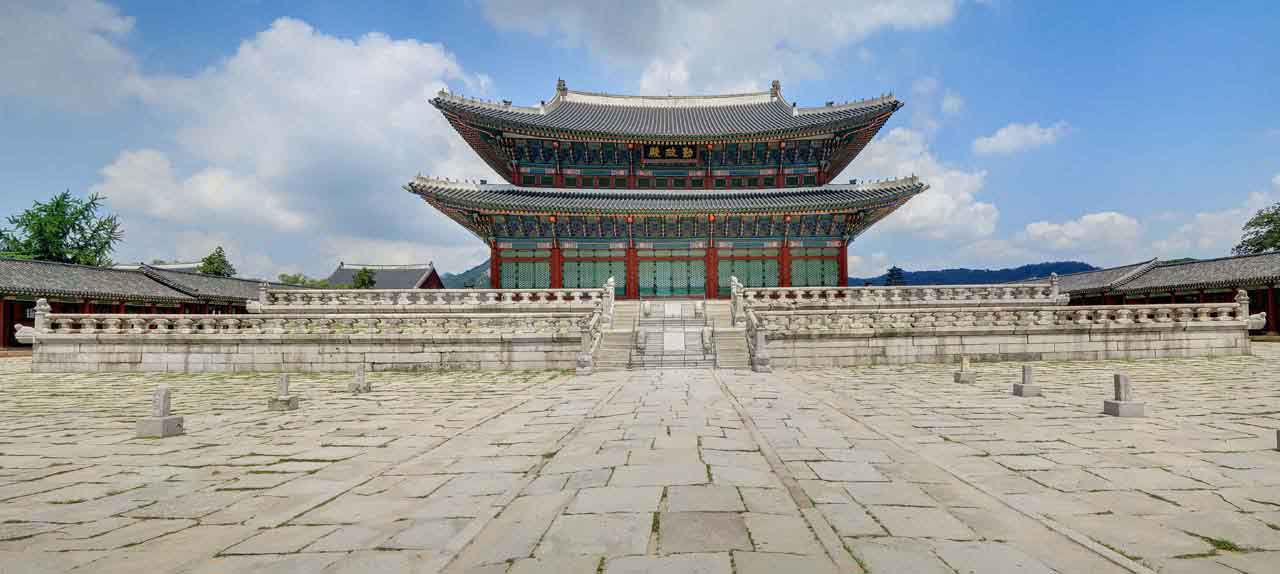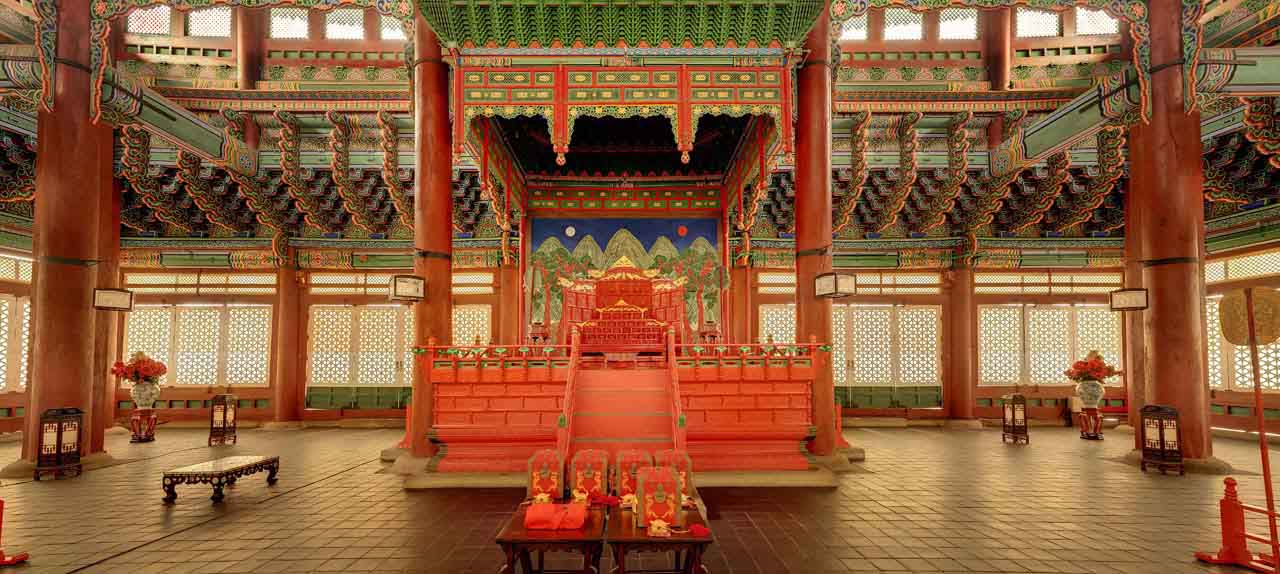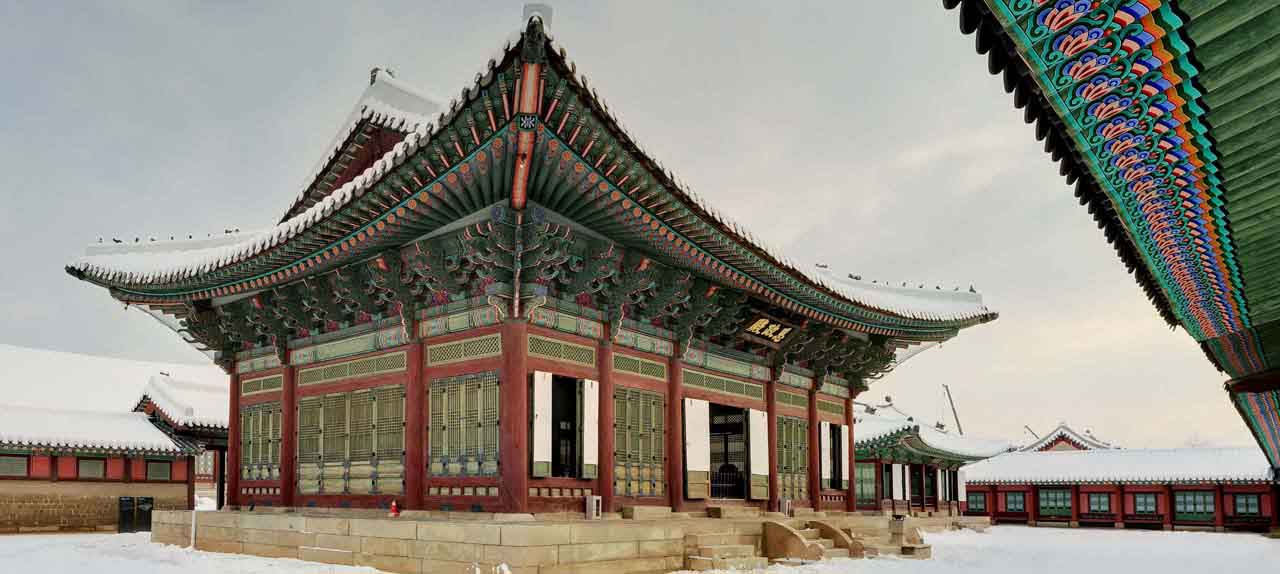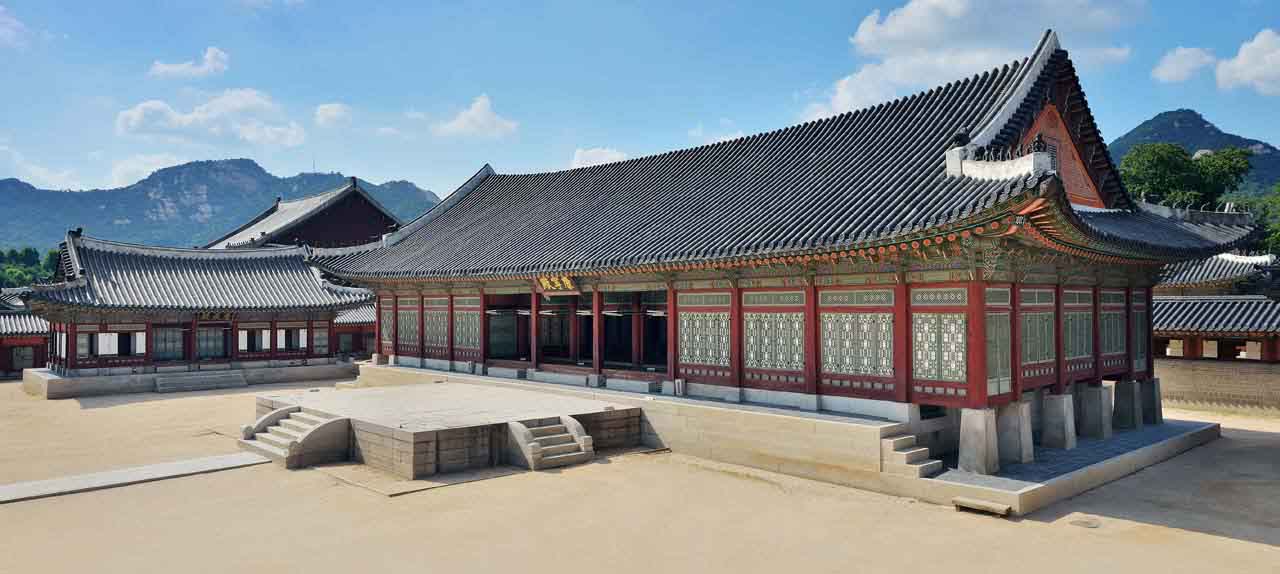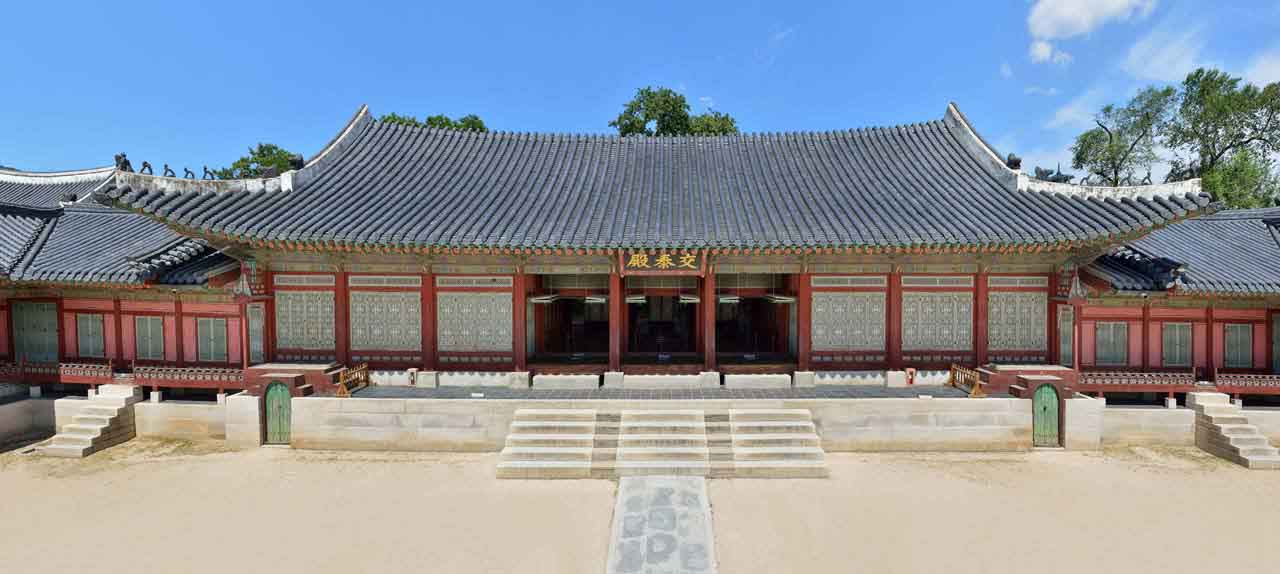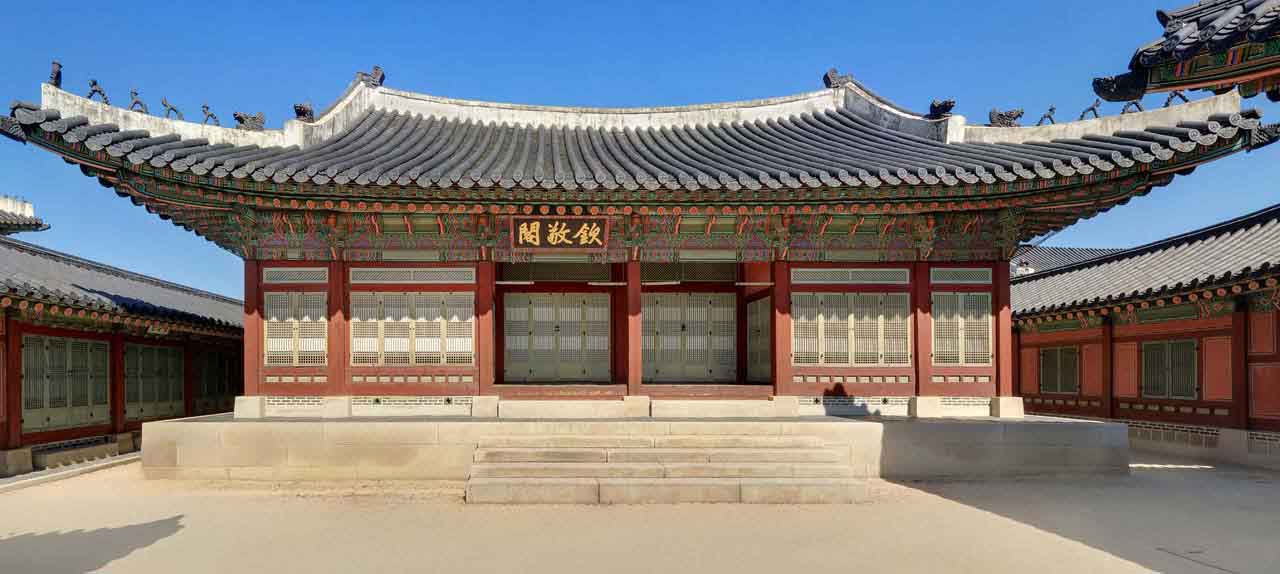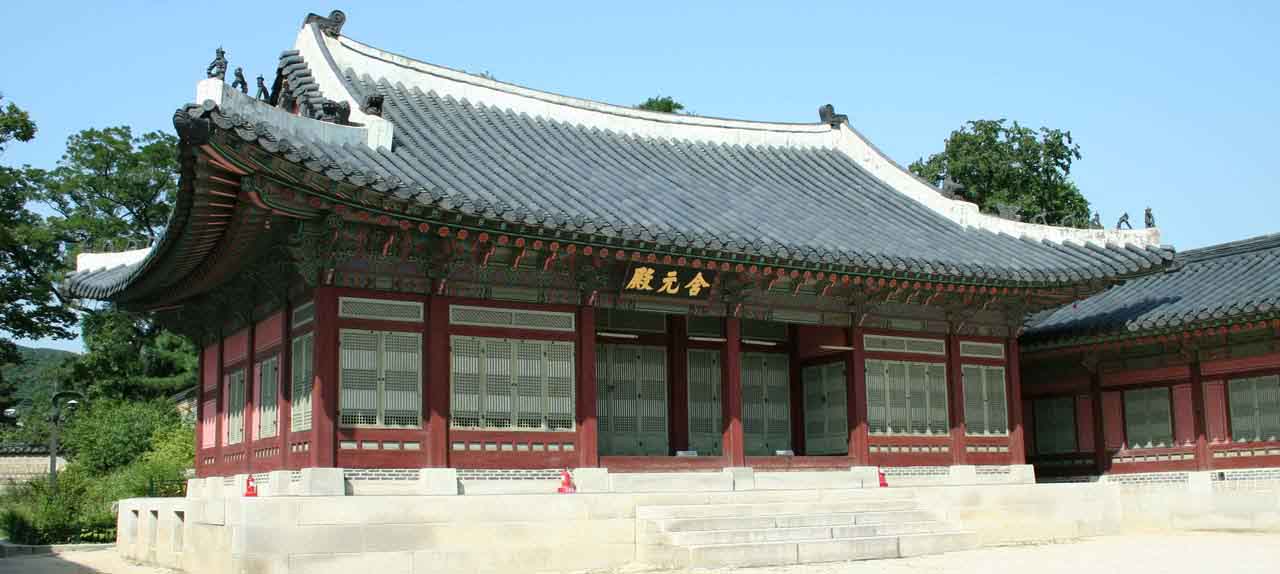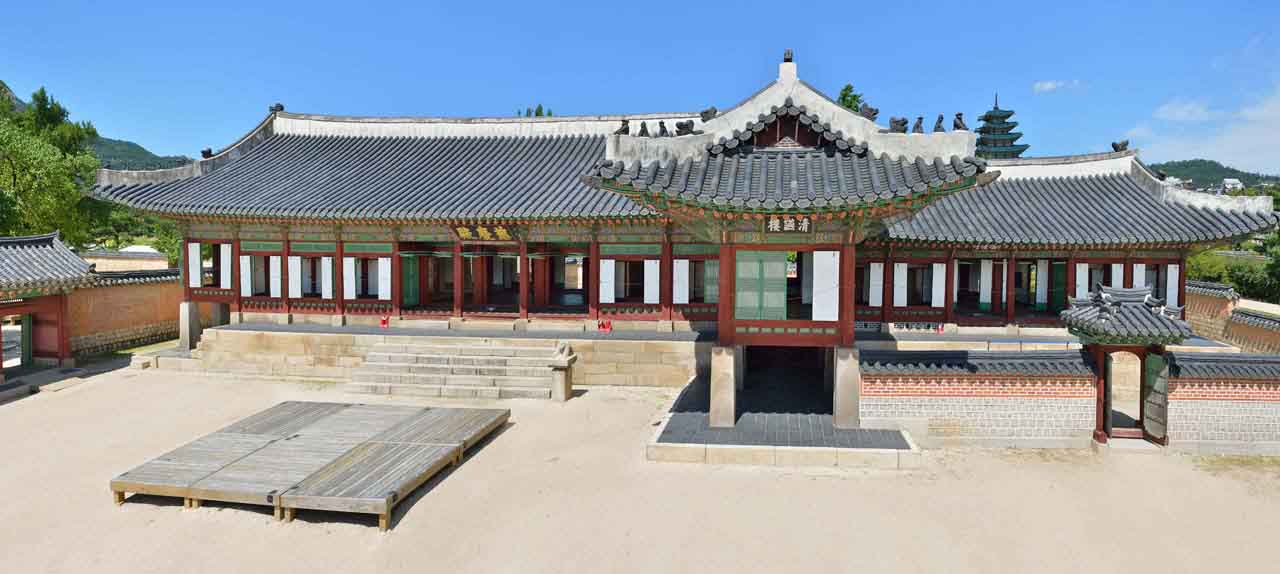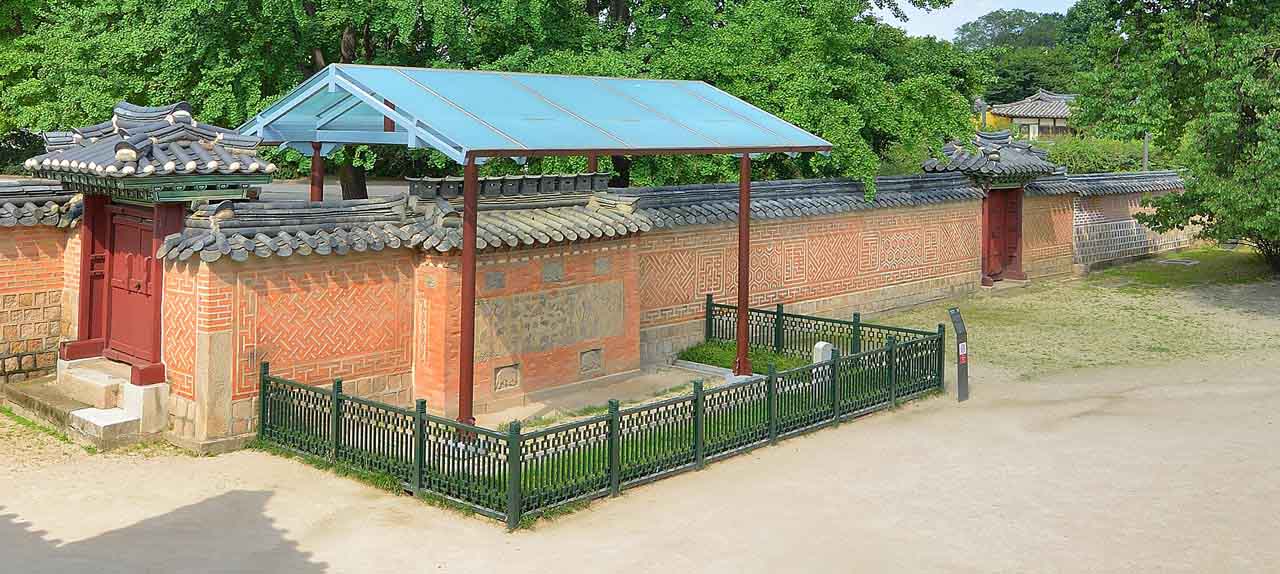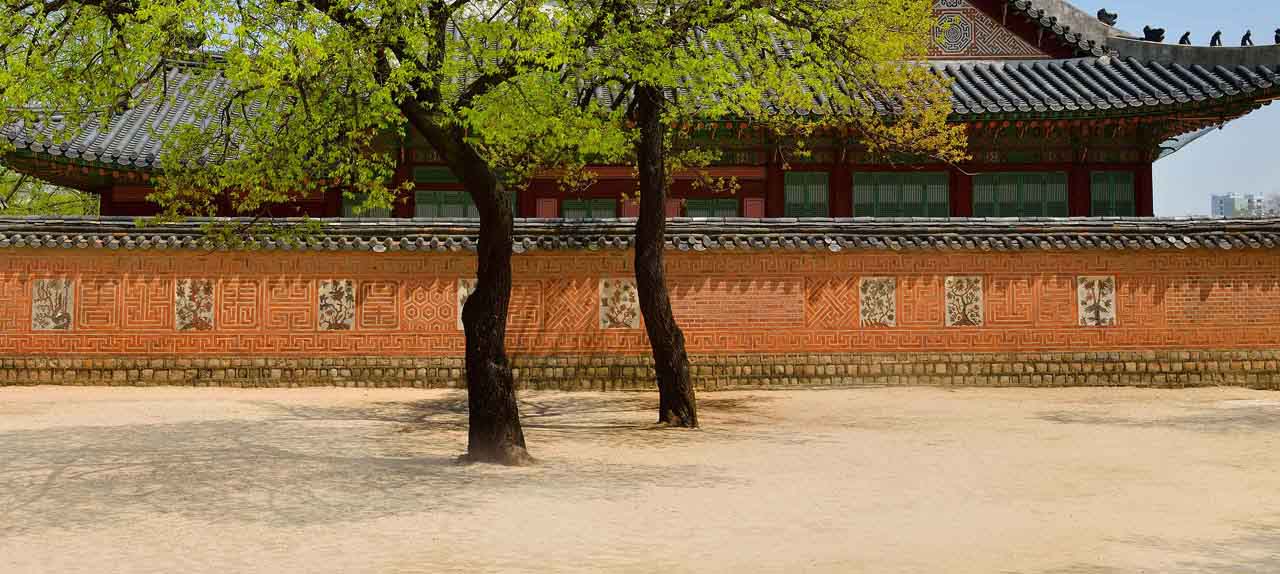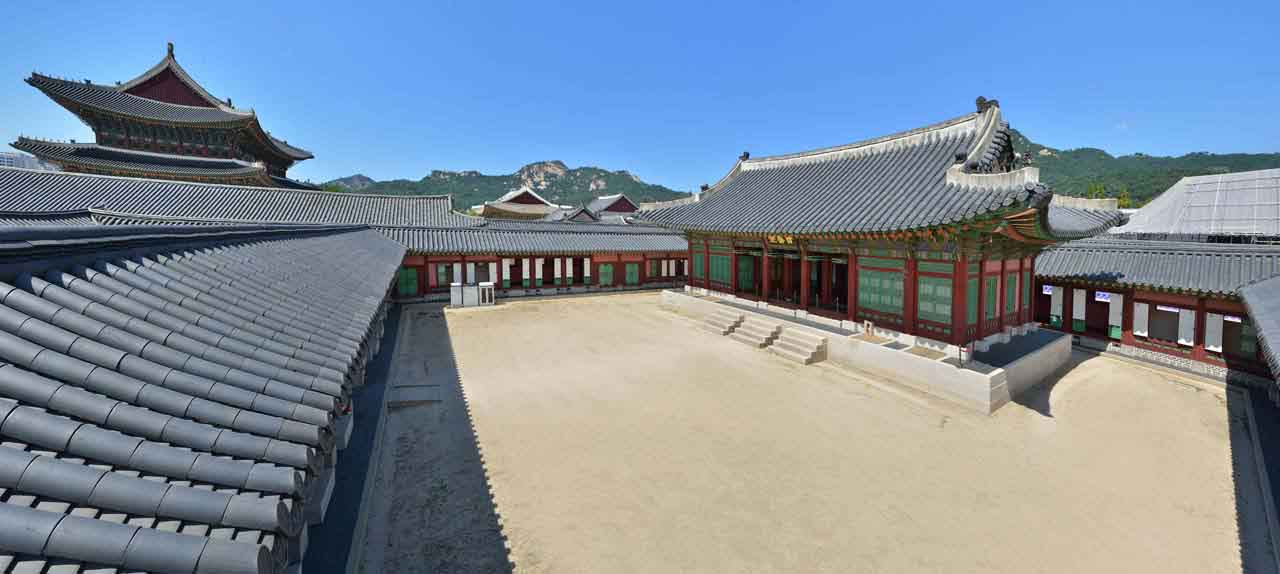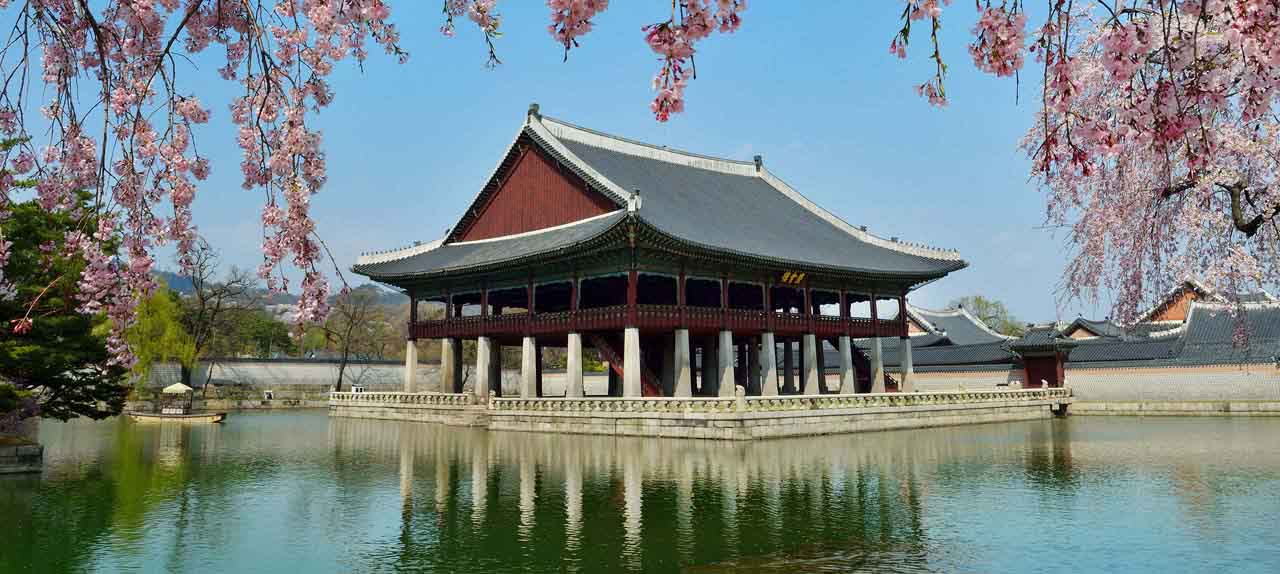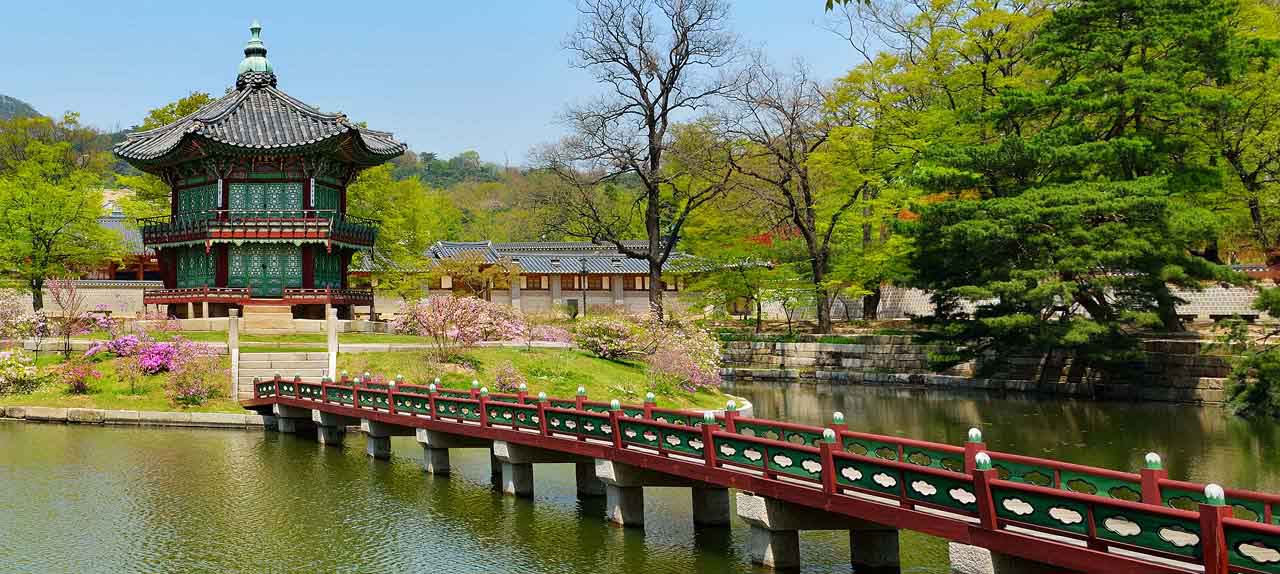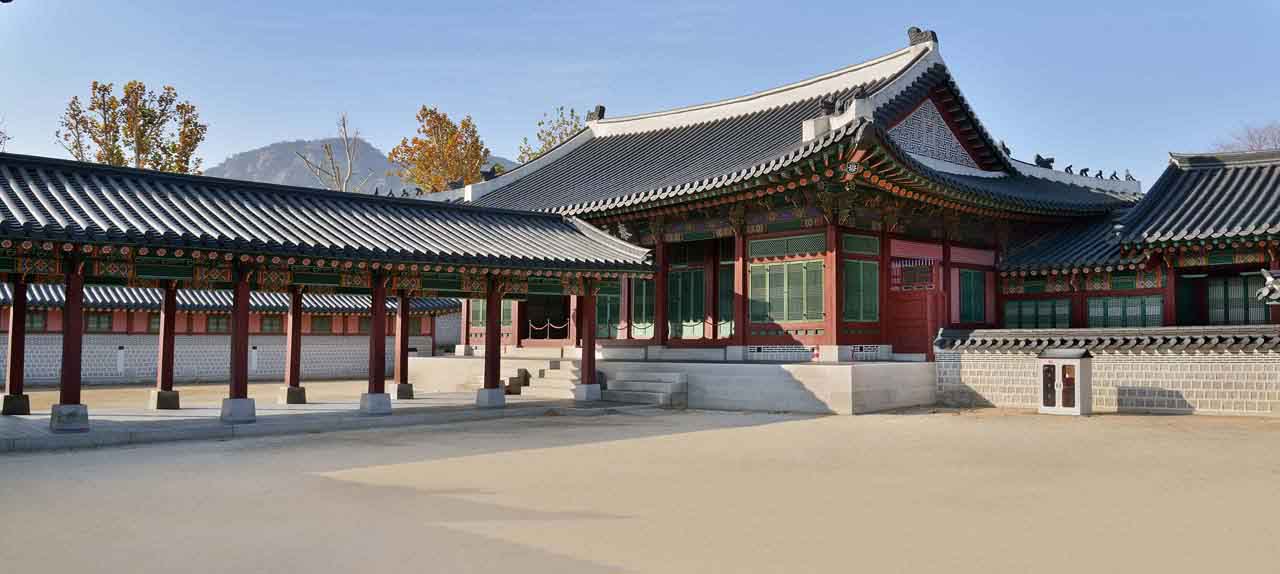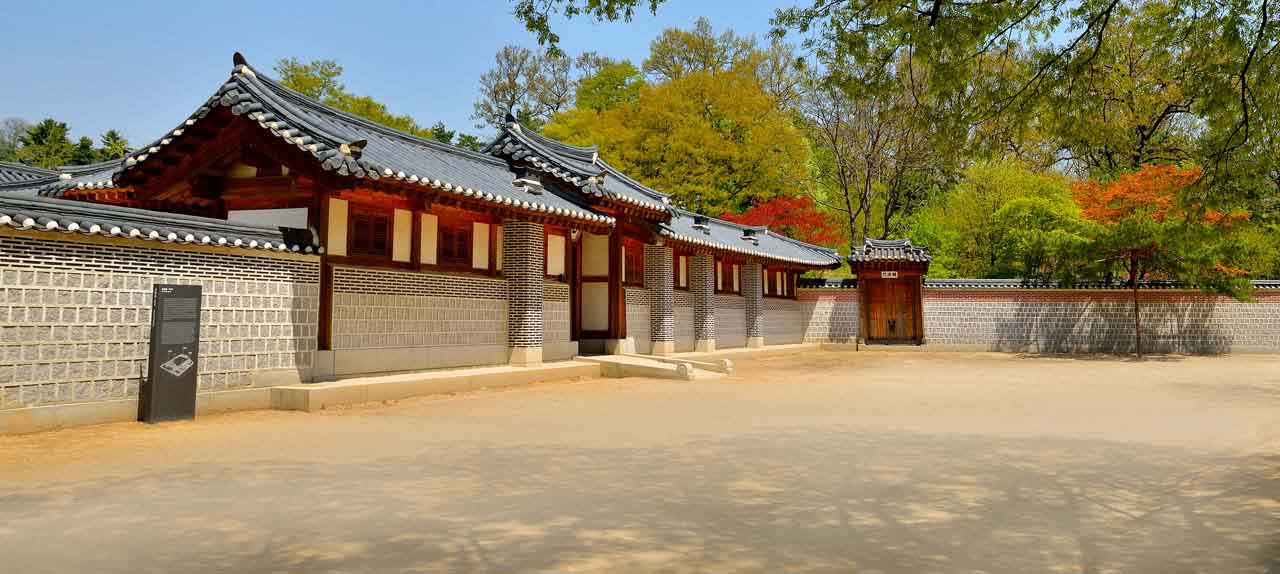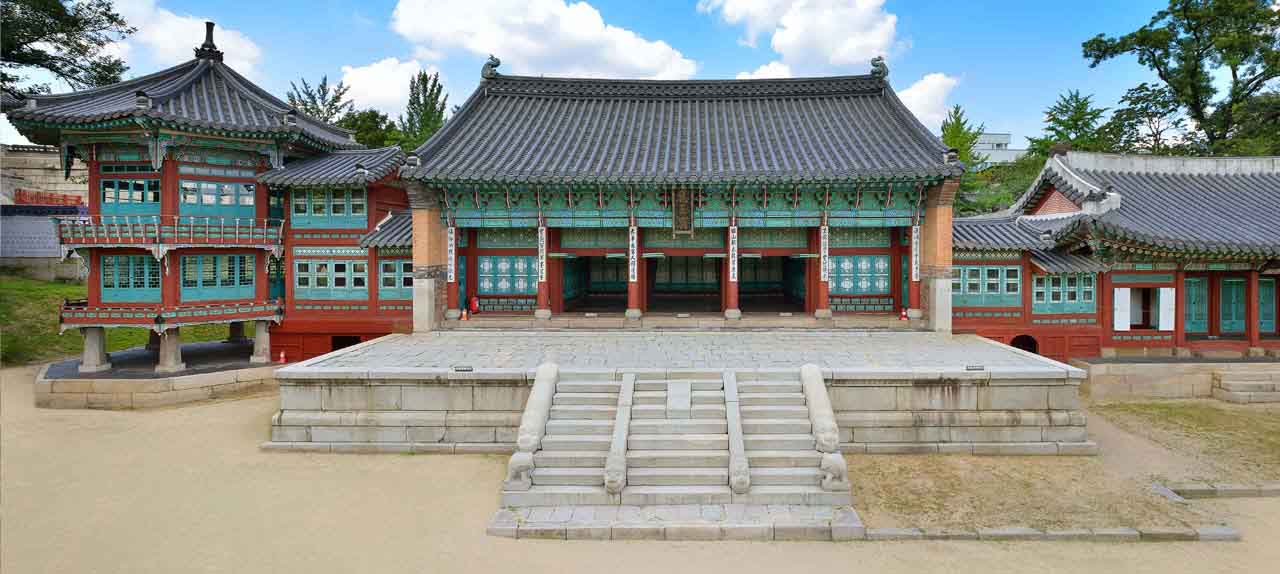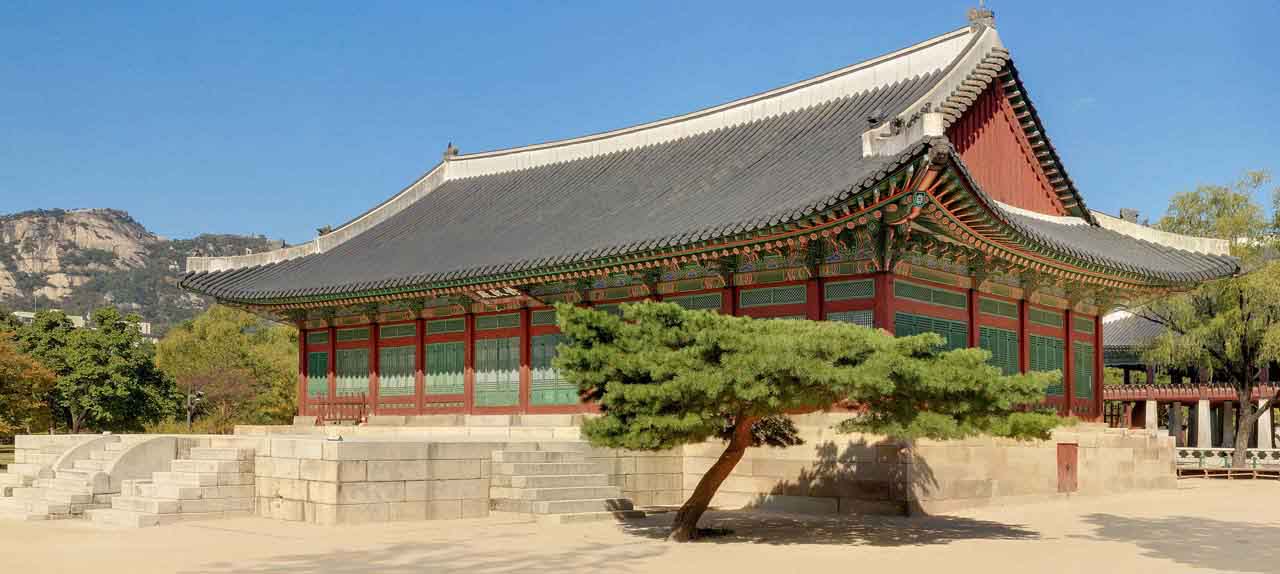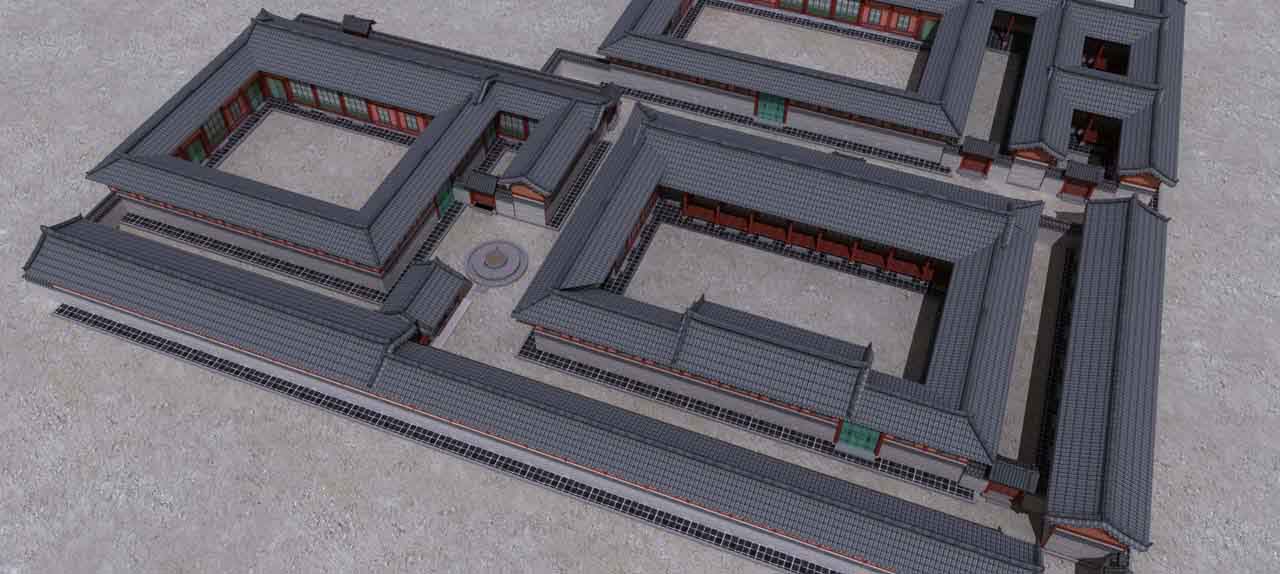Amisan Mount
You cannot leave out Gyeonghoeru whenever you visit Gyeongbokgung. This pavilion was built with a pond, formed by digging out the western wetlands at the time of the first construction of Gyeongbokgung. Due to its beautiful scenery, it was often used for banquets.
But what happened to the earth that was removed to create the pond?
It was used to pile up Amisan at the back of Gyotaejeon, the queen’s dwelling. This anecdote shows the wisdom of our ancestors, who did not handle anything carelessly, even mere earth.
Amisan is a small artificial mound at the backyard of Gyotaejeon.
Four columns of stonework were built with rectangular stones, on which flowers and trees were planted.
Amisan is originally a mountain in Sichun, China. It is a sacred place for Taoism and Buddhism.
It is especially famous for bhikkhunis. The name must have been given because the ladies of the palace had deep faith in Buddhism.
What are particularly special in Amisan are its four chimneys. These hexagonal chimneys were piled up in 30 or 31 steps. Through these chimneys blew smoke, passing through the base of the ondol (floor heating) rooms in Gyotaejeon. The current chimneys were built in the second year of King Gojong (1865) when Gyeongbokgung was reconstructed. The faces of each chimney were decorated with many symbols, including vines, cranes, bats, pine trees, bamboo trees, apricot flowers, chrysanthemums, elixir plants, rocks, birds, deer, Haetae, and starfish. The patterns were made by baking bricks. Limes were applied between the bricks. These symbols were auspicious animals that symbolized long life and wealth and prevented fires and demons. While they faithfully performed their role as chimneys, they had beautiful patterns and structures. So they are regarded highly as decorative sculptures in the backyard of the palace. If you want to feel the elegant taste and refined beauty of the palace ladies, how about walking around Amisan?


 로그인
로그인

 네이버
네이버 티맵
티맵 카카오맵
카카오맵 주소
주소
 페이스북
페이스북 카카오톡
카카오톡 트위터
트위터 URL복사
URL복사
